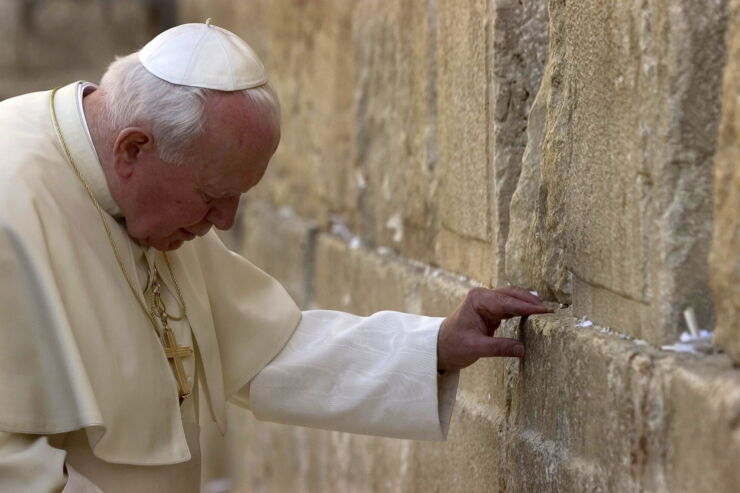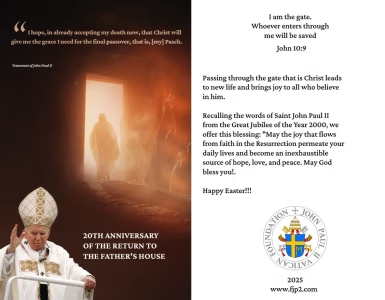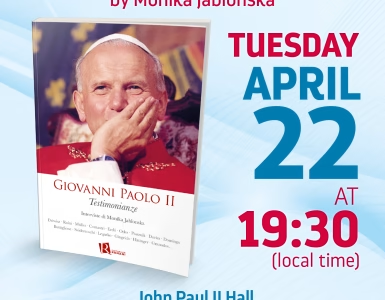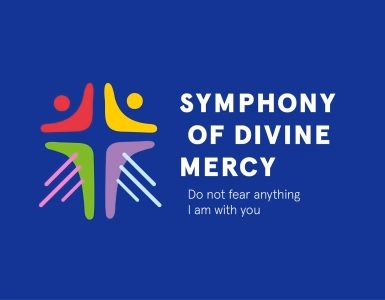John Paul II wanted the nations of the entire world to worship and pray to their own saints and blessed; saints of all the nations of the world, not only those from the Mediterranean or exclusively European nations. He wanted holiness to be open to all members of God’s people. This was evidenced by the increase in the number of saints among the lay people, married couples.
Blessed ones and saints lead the path that the Church is following. They create the history of the Church over the centuries and are her spiritual memory. Thus, they are an essential element in the life of the Church, a testament to its vitality and a confirmation that the Church’s evangelization activity is moving in the right direction. In a word, since the Church is able to raise people to holiness, it is itself also a saint, the holy by the holiness of Christ.
In the memory the words of Mother Teresa of Calcutta return. Mother Teresa said that holiness is simply about the daily fulfillment of God’s will. Perhaps this is why John Paul II was sad, at least that is how it appeared to me, that he did not manage to lift to glory of the altars two of his friends, who lived like this – who were fulfilling God’s will every day. One of them was Jan Tyranowski, a tailor-catechist who helped him discover the Carmelite mysticism of St. John from the Cross and Saint Teresa from the child Jesus. The second is Jerzy Ciesielski, one of the young members of the Environment, an engineer and lecturer who died tragically in a shipwreck on the Nile. It was John who always repeated to the young Karol Wojtyła the sentence heard from a priest: “It is not difficult to be a saint.” He wanted to say that holiness is a gate that is wide open to all.
With the consent of Cardinal Stanisław Dziwisz – “Testimony”.
TBA marketing communication Publishing House. Warsaw 2007





